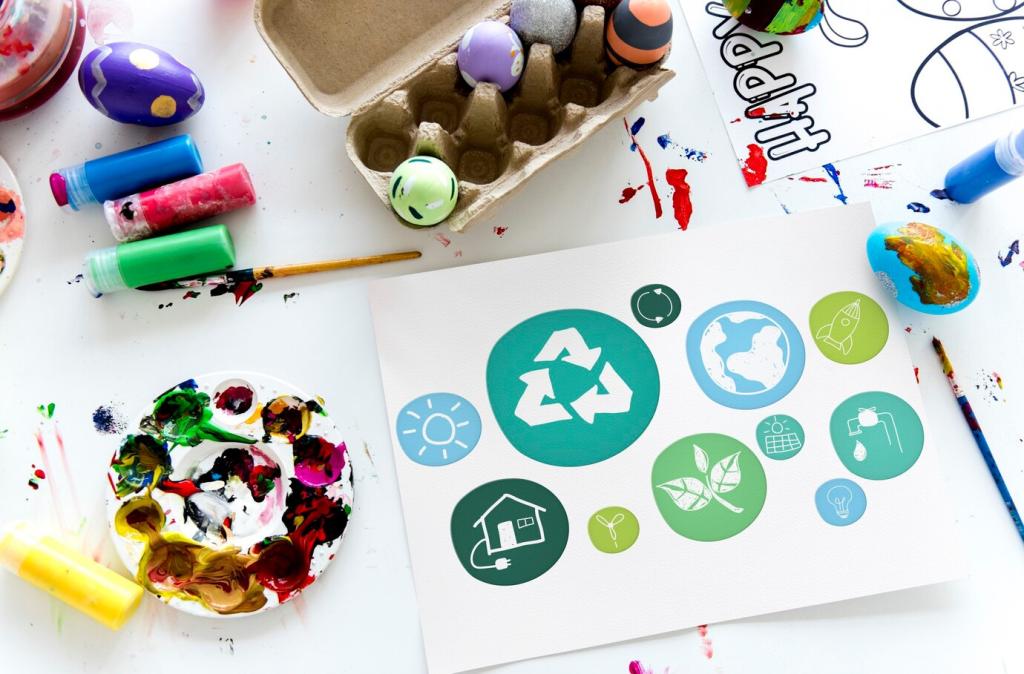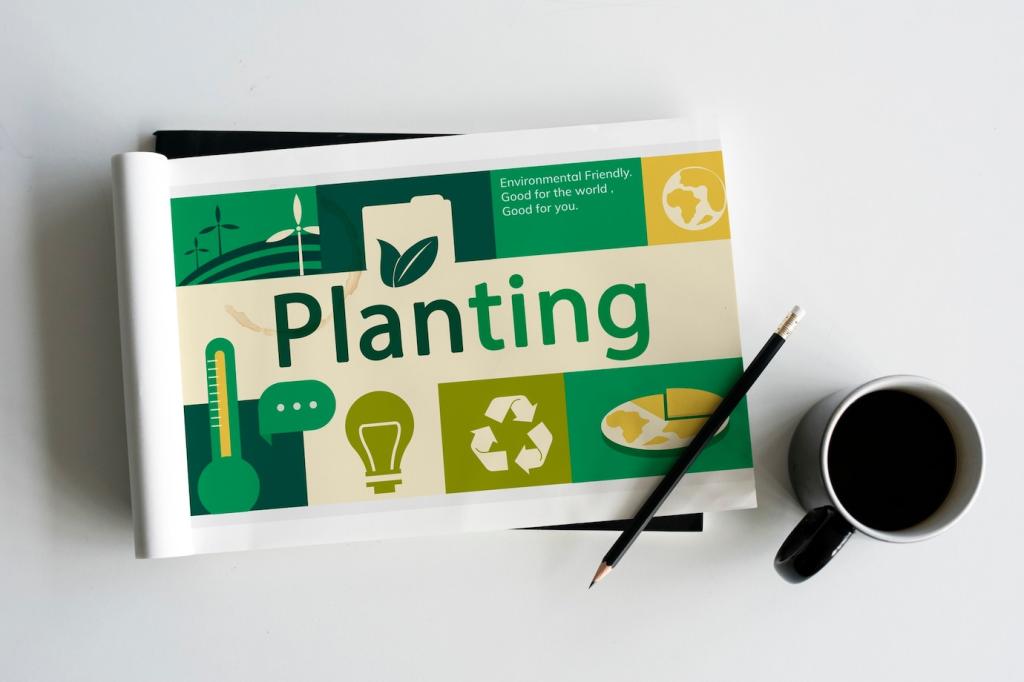Crafting Compelling Sustainable Characters
Readers trust characters who forget their tote bag, fix the mistake, and keep trying. Center maintenance workers, nurses, small shop owners, grandparents—people whose ordinary lives reveal extraordinary sustainable choices.
Crafting Compelling Sustainable Characters
Show the moments that hurt: a bus missed, a budget stretched, a family disagreement about meatless Monday. When trade-offs are acknowledged, your audience sees a roadmap instead of a lecture.






